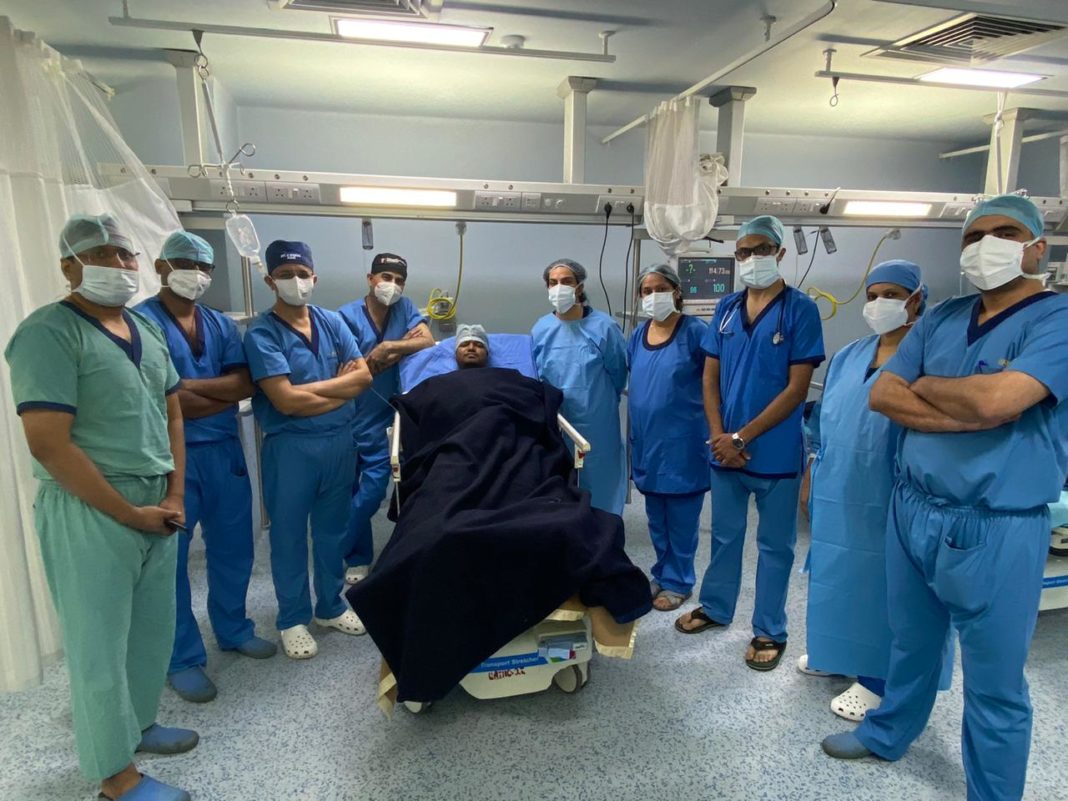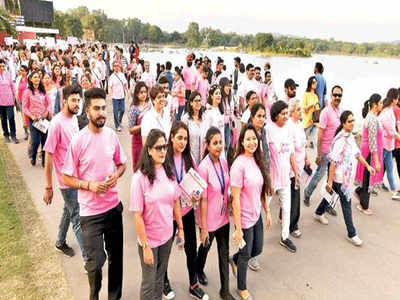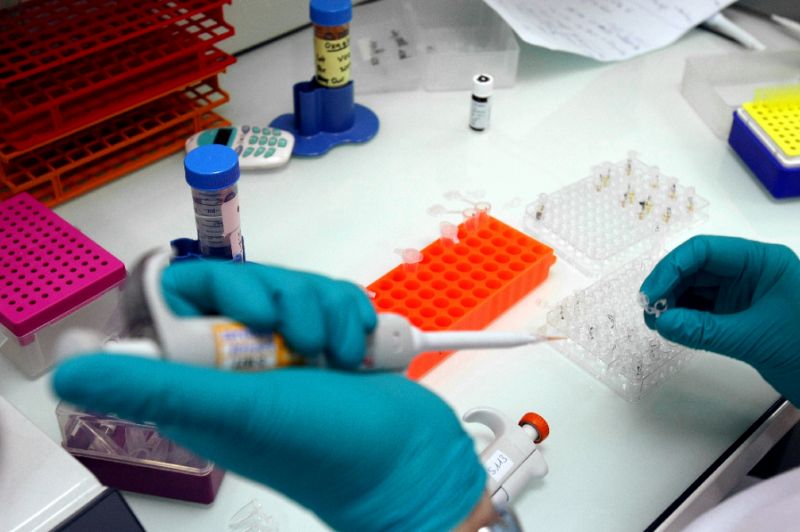New Delhi|Ekta
India’s first Outpatient Hip Replacement Surgery conducted at All India Institute of Medical Sciences New Delhi. The patient Mr Sumit Orow, 26 years old male pursuing his graduation and a case of Ankylosing Spondylitis with left hip arthritis, flew from Jalpaiguri to Delhi seeking pain relief in his left hip which was disabling him since last four years.
Dr Rajesh Malhotra, Head of Orthopaedic Department- AIIMS, told HealthLive that the patient, Sumir Orow, came to the hospital at 7am on Monday Outpatient or Daycare hip replacement surgery is a relatively recent concept in developed world and absolutely novel in India and is first of its kind done in our country.
The patient was discharged nine hours after the surgery, which involved removing the damaged bone and cartilage of the hip and replacing it with prosthetic components.
Mr Orow was investigated on an outpatient basis and he reported to the hospital on the morning of Monday, 19th October 2020 at 7 am. The surgery performed at 8.40 am and he underwent left total hip replacement using DIRECT ANTERIOR APPROACH. This is the least invasive approach and does not involve cutting through any muscle unlike majority of approaches used for performing the total hip replacement. He was made to sit by the bedside by 11:30AM. He was made to walk out of the post-operative room by 12noon. He was trained to use the bathroom and use stairs on 1 PM to 3PM. Finally he was discharged by 4 PM with medications to be taken at home.

Generally, a patient undergoing hip replacement surgery is required to be admitted for more than 2-10 days for post operative care.
In training hard for the past few years to bring down the duration of stay of patients undergoing hip replacement surgery,” Malhotra said.
Majorly, surgeons conduct hip replacement surgery through posterior approach, by approaching the joint from the back of the hip. This causes significant loss of blood as layers of muscle have to be cut to reach the joint. Healing takes time.
Malhotra and his team adopted a newer method referred to as direct anterior approach. In this case, the patient was asked to lie down in a supine position, lying horizontally with the face and torso facing up and an incision was made on the front of the hip instead of the back.
“The direct anterior approach allows the joint to be replaced by moving muscles aside along their natural tissue planes. Therefore, there is less pain, blood loss is lesser and, more importantly, the risk of dislocation of the hip also reduces because the structures at the back of the joint are left intact,” the AIIMS doctor said.
Select surgeons abroad and just a few in India use this method because it requires a vast experience. Also, preoperative planning and selection of patients has to be done carefully. “The day-care procedure can be performed in relatively younger patients where risk is less of comorbidities said Malhotra.
AIIMS is planning to start a daycare knee replacement surgery soon. “We have been discharging patients within 36 hours of surgery already and the target is to discharge them within 12 hours,” Dr.Malhotra added.

In this corona pandemic, patients suffering from debilitating pain in the joints have been postponing surgeries. Introducing his team Prof Rajesh Malhotra added that Dr Deepak Gautam, Anesthetists Prof Anjan Trikha, Prof Chhavi Sawhney played a vital role to performed first of its kind of surgery.
Importance of Out Patient Total Hip Replacement:
- The Outpatient Total Hip Arthroplasty(THA) aims to reduce stay after THA. In western sitting, it has translated into savings ranging from 5000 to 8000 dollars per patient or in some studies an average 7% cost savings. In resource-constrained setting like India with limited number of beds, reduced stay means treating a greater number of patients with the same limited number of beds, enhancing efficiency and cutting down on waiting lists.
- The main thrust is on early movements, walking etc and effective pain control. Early mobilization slashes risk of major complications related to surgery and recumbency.
- The newer surgical approaches, as yet not popular in india but fast catching up elsewhere in developed world, like DIRECT ANTERIOR APPROACH (DAA) reduce pain and annul the risk of dislocation of hip after THR, a distressing complication for both patient and surgeon after THR. Such approach is ideally suited for Outpatient THA. Moreover, this approach allows the patient to squat, sit cross legged or even sit on the floor as per Indian customs and culture unlike any other approach used for THR
- In the setting of COVID 19, orthopedic practice has transformed radically like most other specialties. The patients are treated on outpatient basis or with minimum hospital stay. It is so that the hospitals do not become multipliers of infection in pandemic. Moreover, it exposes the patients to risk of COVID infection from other asymptomatic patients or their relatives in hospital. COVID 19 provided the perfect backdrop to launch outpatient THA in India.










